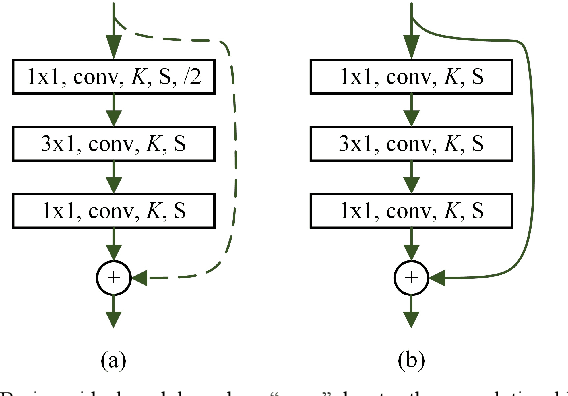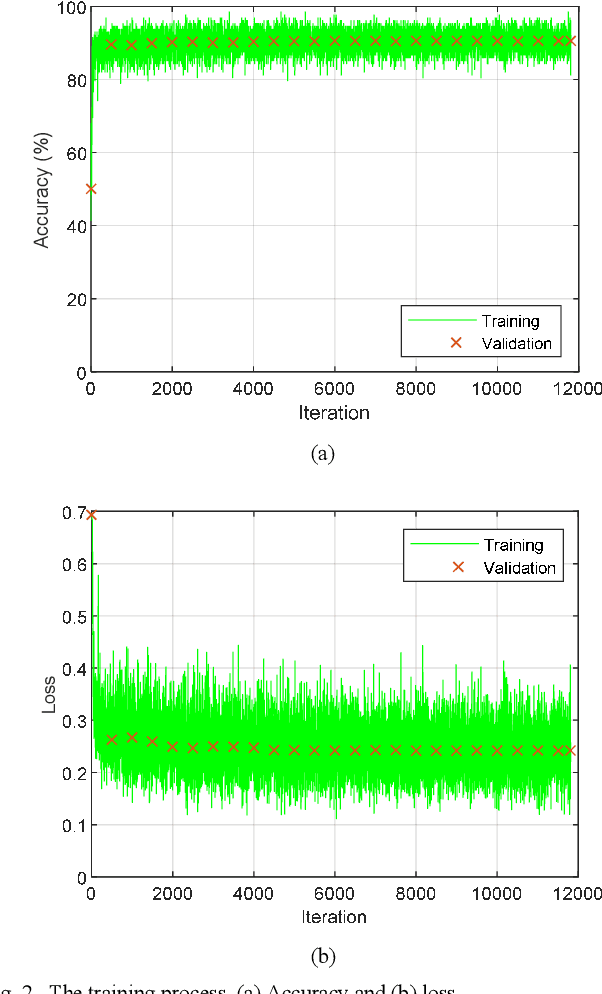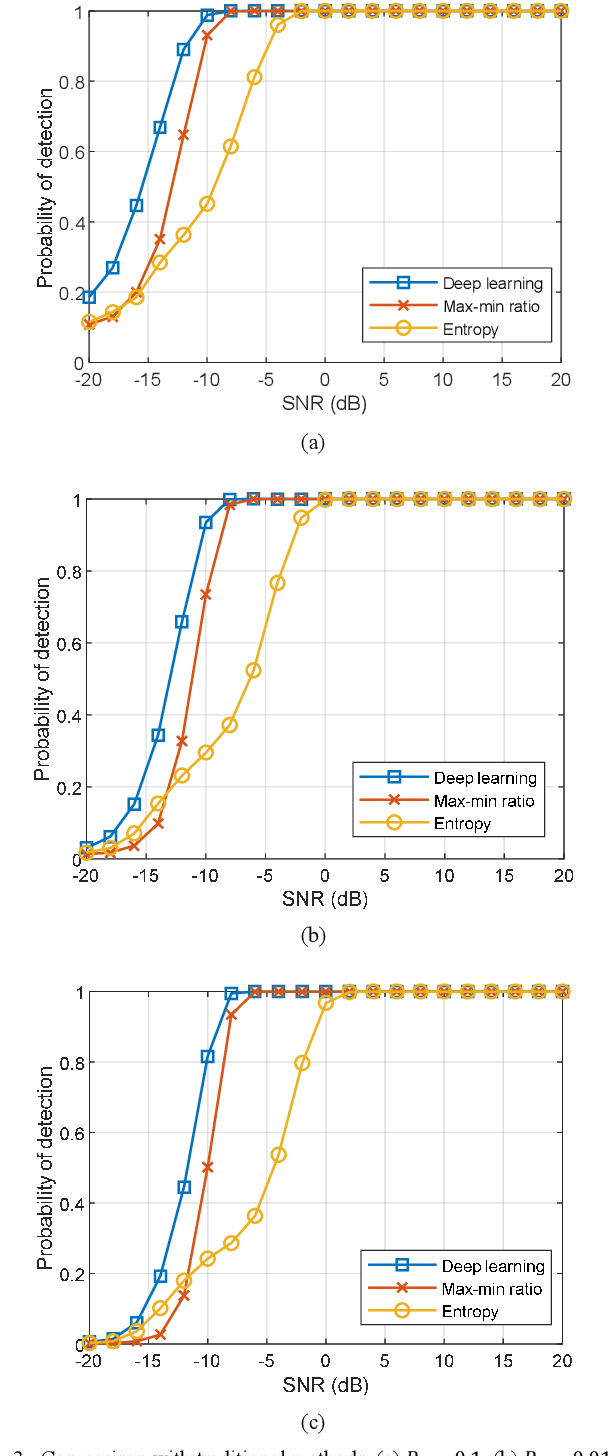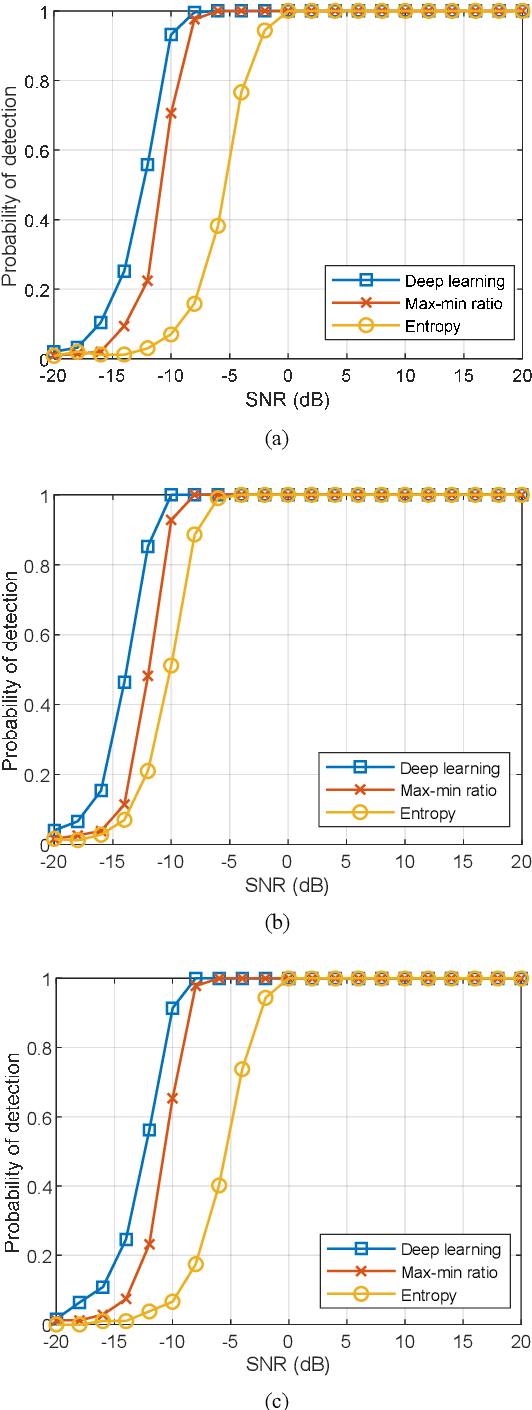Peihan Qi
WK-Pnet: FM-Based Positioning via Wavelet Packet Decomposition and Knowledge Distillation
Apr 10, 2025Abstract:Accurate and efficient positioning in complex environments is critical for applications where traditional satellite-based systems face limitations, such as indoors or urban canyons. This paper introduces WK-Pnet, an FM-based indoor positioning framework that combines wavelet packet decomposition (WPD) and knowledge distillation. WK-Pnet leverages WPD to extract rich time-frequency features from FM signals, which are then processed by a deep learning model for precise position estimation. To address computational demands, we employ knowledge distillation, transferring insights from a high-capacity model to a streamlined student model, achieving substantial reductions in complexity without sacrificing accuracy. Experimental results across diverse environments validate WK-Pnet's superior positioning accuracy and lower computational requirements, making it a viable solution for positioning in real-time resource-constraint applications.
Parallel frequency function-deep neural network for efficient complex broadband signal approximation
Jun 19, 2021



Abstract:A neural network is essentially a high-dimensional complex mapping model by adjusting network weights for feature fitting. However, the spectral bias in network training leads to unbearable training epochs for fitting the high-frequency components in broadband signals. To improve the fitting efficiency of high-frequency components, the PhaseDNN was proposed recently by combining complex frequency band extraction and frequency shift techniques [Cai et al. SIAM J. SCI. COMPUT. 42, A3285 (2020)]. Our paper is devoted to an alternative candidate for fitting complex signals with high-frequency components. Here, a parallel frequency function-deep neural network (PFF-DNN) is proposed to suppress computational overhead while ensuring fitting accuracy by utilizing fast Fourier analysis of broadband signals and the spectral bias nature of neural networks. The effectiveness and efficiency of the proposed PFF-DNN method are verified based on detailed numerical experiments for six typical broadband signals.
Spectrum Sensing Based on Deep Learning Classification for Cognitive Radios
Sep 13, 2019



Abstract:Spectrum sensing is a key technology for cognitive radios. We present spectrum sensing as a classification problem and propose a sensing method based on deep learning classification. We normalize the received signal power to overcome the effects of noise power uncertainty. We train the model with as many types of signals as possible as well as noise data to enable the trained network model to adapt to untrained new signals. We also use transfer learning strategies to improve the performance for real-world signals. Extensive experiments are conducted to evaluate the performance of this method. The simulation results show that the proposed method performs better than two traditional spectrum sensing methods, i.e., maximum-minimum eigenvalue ratio-based method and frequency domain entropy-based method. In addition, the experimental results of the new untrained signal types show that our method can adapt to the detection of these new signals. Furthermore, the real-world signal detection experiment results show that the detection performance can be further improved by transfer learning. Finally, experiments under colored noise show that our proposed method has superior detection performance under colored noise, while the traditional methods have a significant performance degradation, which further validate the superiority of our method.
 Add to Chrome
Add to Chrome Add to Firefox
Add to Firefox Add to Edge
Add to Edge